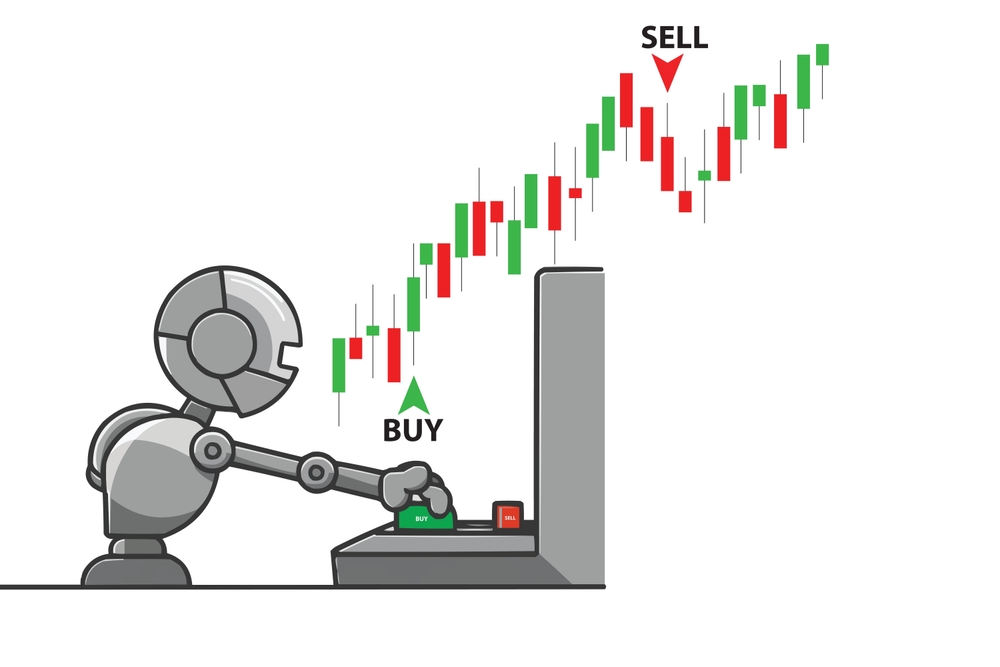Understanding Zero Days to Expiration Options
Zero Days to Expiration (0DTE) options represent one of the most dynamic and fast-paced trading opportunities in today’s financial markets. These contracts expire within the same trading session, creating unique profit potential alongside significant risks that demand careful consideration.
The concept gained significant momentum when the Chicago Board Options Exchange expanded daily expiration options beyond traditional weekly cycles. What started with S&P 500 Index options has evolved into a broader ecosystem that attracts both seasoned professionals and ambitious retail traders.

What Makes 0DTE Options Unique
Unlike traditional options that provide weeks or months for strategic development, 0DTE contracts compress entire trading scenarios into hours. This compression creates an environment where time decay accelerates dramatically, price movements amplify, and decision-making becomes critical.
The appeal lies in the potential for substantial returns within a single trading day. However, this same characteristic makes these instruments unsuitable for casual investors or those unfamiliar with advanced options strategies.
Essential Requirements for 0DTE Trading
Brokerage Selection Criteria
Successful 0DTE trading begins with choosing the right trading platform. Key features to prioritize include:
- Low-Cost Structure: Frequent transactions make commission costs a significant factor. Look for brokers offering competitive per-contract fees or commission-free options trading.
- Advanced Tools: Real-time analytics, sophisticated charting capabilities, and comprehensive options calculators become essential when working within compressed timeframes.
- Execution Speed: Lightning-fast order processing can mean the difference between profit and loss when dealing with rapidly changing option values.
- Educational Resources: Comprehensive learning materials help traders understand complex strategies and risk management techniques.
Account Setup Process
Opening an options trading account involves several verification steps:
- Personal Information: Standard identification details including name, address, Social Security number, and employment information.
- Financial Assessment: Brokers evaluate liquid assets, net worth, and overall financial stability to determine appropriate trading authority levels.
- Experience Evaluation: Trading history and options knowledge assessment help brokers assign appropriate account permissions.
- Risk Acknowledgment: Understanding and accepting the inherent risks associated with options trading, particularly short-term strategies.
Risk Management in 0DTE Trading
Time Decay Acceleration
The most critical factor in 0DTE trading is understanding theta decay. As expiration approaches, options lose value at an accelerating rate, regardless of underlying asset performance. This mathematical certainty affects both buyers and sellers differently:
- Option Buyers: Face the challenge of overcoming rapid time decay through favorable price movements
- Option Sellers: Benefit from time decay but risk substantial losses if underlying assets move significantly
Position Management Strategies
Successful 0DTE traders typically employ strict position sizing rules, often risking no more than 1-2% of their total account value on individual trades. This approach prevents catastrophic losses while allowing for multiple trading opportunities.
Assignment Risk
American-style options can be exercised at any time before expiration, creating unique challenges for option sellers on expiration day. While rare, early assignment can occur, particularly with in-the-money positions.
Available Securities for Daily Options
Currently, several key instruments offer daily expiring options:
- S&P 500 Index (SPX): The original daily options contract
- Mini-SPX Index (XSP): Smaller contract size for retail accessibility
- SPDR S&P 500 ETF (SPY): High liquidity ETF option
- Invesco QQQ Trust (QQQ): Technology-focused index exposure
The expanding popularity suggests additional securities may offer daily expirations in the future.
Strategic Approaches to 0DTE Trading
Selling Strategies
Many traders prefer selling options to capitalize on time decay, employing strategies like:
- Credit Spreads: Limited risk approaches that benefit from time decay
- Iron Condors: Neutral strategies profiting from range-bound movements
- Covered Calls: Conservative income generation on existing stock positions
Buying Strategies
Option buyers focus on capturing significant price movements within short timeframes:
- Directional Plays: Simple calls or puts betting on specific price movements
- Straddles/Strangles: Volatility plays profiting from large moves in either direction
- Butterfly Spreads: Precision strategies targeting specific price ranges
Capital Requirements and Money Management
While some brokers allow options trading with minimal account balances, practical 0DTE trading typically requires substantial capital. Most professionals recommend account balances exceeding $25,000 to implement proper position sizing and risk management.
This capital requirement stems from the need to limit individual trade risk while maintaining sufficient buying power for multiple opportunities throughout the trading session.
Why 0DTE Trading Continues Growing
Efficiency and Leverage
0DTE options provide exceptional capital efficiency, allowing traders to control significant positions with limited capital outlay. This leverage amplifies both potential profits and losses.
Portfolio Protection
Institutional investors increasingly use 0DTE options for precise hedging, purchasing protection only when needed rather than maintaining long-term insurance positions.
Frequency of Opportunity
Active traders benefit from daily trading opportunities rather than waiting for weekly or monthly expiration cycles.
Common Pitfalls to Avoid
Overconfidence
Many traders underestimate the speed at which 0DTE options can lose value, leading to poor timing decisions and excessive risk-taking.
Inadequate Preparation
Success requires understanding complex interactions between time decay, volatility, and underlying asset movements within compressed timeframes.
Poor Position Sizing
The temptation to risk significant capital on potentially profitable trades often leads to account-destroying losses.
Technology and Tool Requirements
Real-Time Data
0DTE trading demands access to real-time options pricing, underlying asset movements, and volatility measures. Delayed data can render strategies ineffective.
Mobile Accessibility
While desktop platforms offer superior analysis tools, mobile accessibility ensures traders can monitor and adjust positions throughout the trading day.
Backtesting Capabilities
Understanding how strategies would have performed historically helps traders develop realistic expectations and refine their approaches.
Conclusion
0DTE options trading represents an advanced strategy requiring significant preparation, risk management discipline, and continuous learning. While the potential for substantial profits exists, the compressed timeframes and accelerated risks make these instruments suitable only for experienced traders with adequate capital and risk tolerance.
Success in 0DTE trading comes from understanding the unique characteristics of same-day expiration options, implementing appropriate risk management strategies, and maintaining realistic expectations about both profit potential and loss probability.
Before engaging in 0DTE trading, ensure you have thoroughly educated yourself on options mechanics, developed a comprehensive trading plan, and selected appropriate tools and platforms to support your strategy execution.


